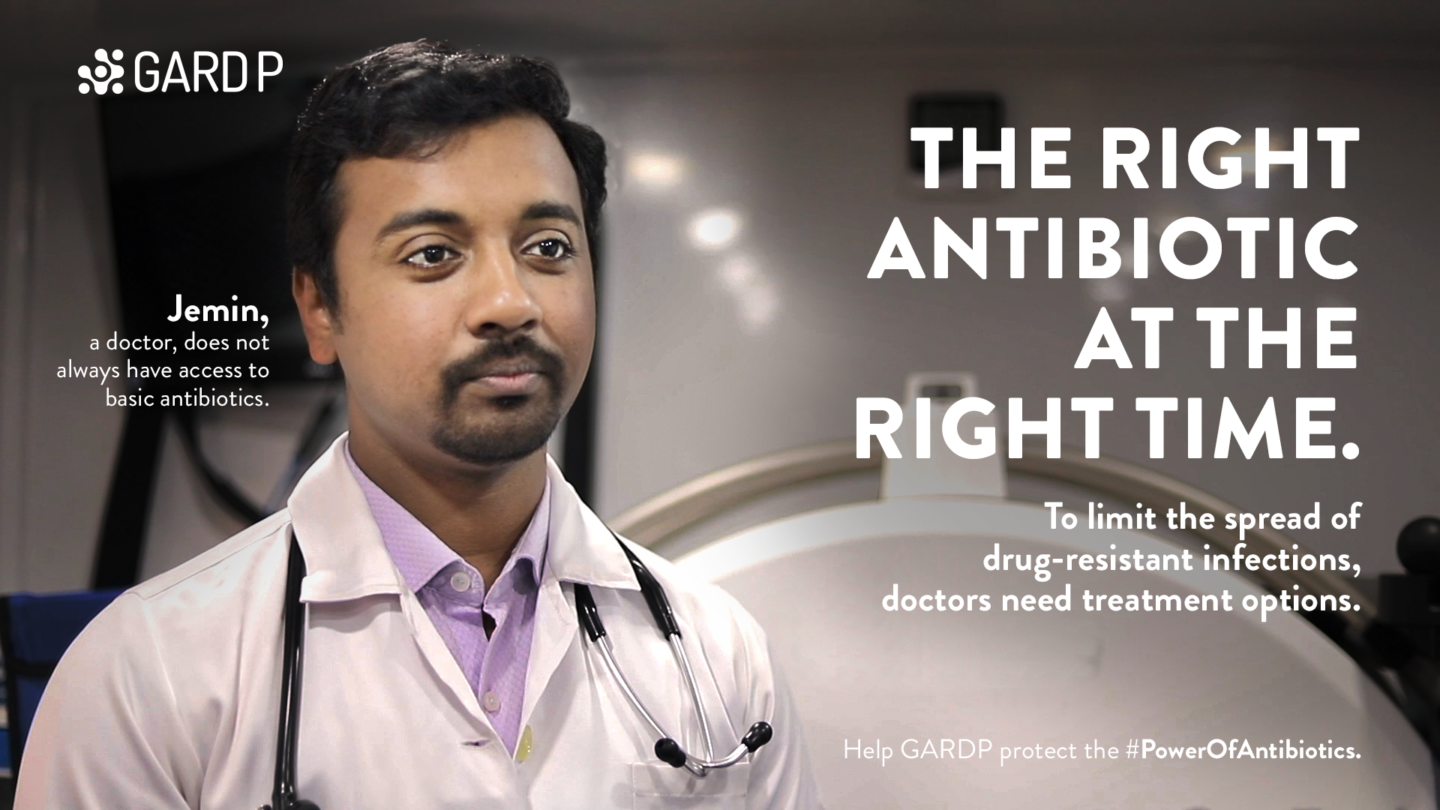Treating patients with the right antibiotic in northeast India
Bipul* was being treated for high fever, chills, and unbearable headaches at a hospital in Tezpur in the state of Assam in northeast India. The antibiotics he had been given for days did little to abate his symptoms, and then he started having seizures.
Just weeks before, Bipul was a strong and healthy 25-year-old who farmed and drove a tractor in this region that is known throughout the world for its famous Assam black tea.
Now, he was unable to walk.
Bipul was transferred to nearby Baptist Christian Hospital, where he was examined by Dr Jemin Webster. Dr Webster started running tests, including culturing patient samples at the hospital’s on-site lab. In the meantime, Dr Webster started Bipul on an antibiotic treatment.
The results came back: melioidosis, a bacterial infection that is more common in the region than elsewhere, and for which people with diabetes, like Bipul, are at risk. Dr Webster also found that Bipul had cortical venous thrombosis, a very rare complication that was causing Bipul’s seizures and could cause a stroke at any minute.
Following guidelines, Dr Webster administered appropriate antibiotics as well as anticoagulation medication.
Slowly, the young patient began to recover.
“Now he’s completely fine and very happy,” said Dr Webster.
Although Dr Webster had access to right the tools and treatments for Bipul, that is not always the case.
“One of the main challenges in treating bacterial infection here is the lack of availability of antibiotics, particularly the narrow-spectrum antibiotics. If we want to treat a staph infection, for example, we don’t have access to the right narrow-spectrum antibiotics that WHO has stated should be available and affordable at all times.”
Dr Webster explained that doctors in this situation are forced to use broader spectrum antibiotics.
Broad-spectrum antibiotics target many types of bacteria, and using them when they are not needed can create antibiotic-resistant bacteria that are hard to treat. In contrast, using narrow-spectrum antibiotics whenever possible helps prevent the development of antibiotic resistance as they target the specific bacteria causing the infection.
“Broad-spectrum antibiotics shouldn’t be used as the default treatment. We should make every effort to obtain a microbiological diagnosis and switch to a narrow-spectrum antibiotic whenever possible,” he said. “We need to raise awareness of this problem at every level of society—patients, doctors, sales representatives, pharmacists, and veterinarians.”
*Name has been changed. This patient’s story has been shared with permission.
